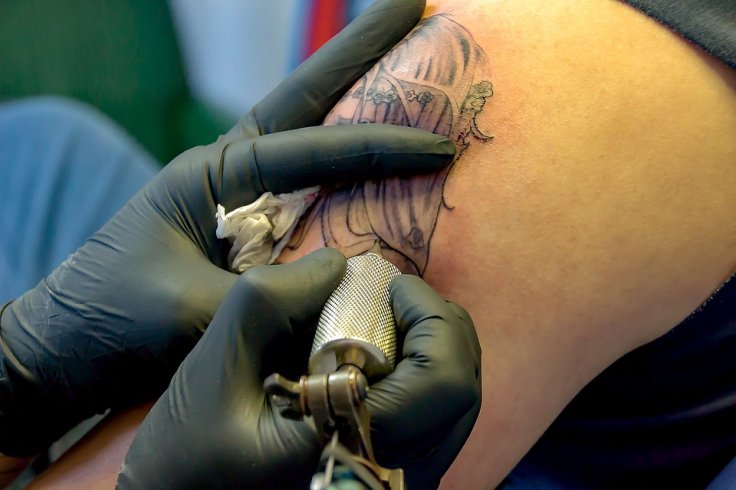
The history of tattooing dates back to centuries and during the ancient days, this practice had a pivotal significance in many civilizations and cultures all across the globe. It is believed that tattoos were usually applied to those ancient people who used to have a high status in society. However, as per a new study, researchers have discovered the oldest tattoo tools ever found on earth.
The recent discovery doesn't sound shocking or surprising because, last year an archaeologist, Renee Friedman found hidden tattoos on a 5500-year-old mummy, by using infrared cameras and he stated that at in ancient Egypt both men and women used to bear tattoos.
However, as per the new research, which was published in the Journal of Island and Coastal Archaeology, the researchers focused on four tiny pieces of rocks, which are believed to be tattoo making tools.
Even though these tiny bone fragments were actually discovered in the 1960s, initial analysis on these bones by experts failed to figure out these bones' significance. However, scientists safely kept these bone fragments for further study.
In 2003, the building in which these bone fragments were kept was decimated by a fire accident. However, these bone specimens escaped the destruction and now, after years of study, scientists have finally figured out what these actually are.
In the study report, scientists revealed that these bones are actually 'bone combs' that have been specifically designed to have a very pointed edge on one of its side. Just like a modern tattoo gun, these pointed edges act like a needle and the tattoo artist might have pushed the pigment to the person's skin manually.
A radiocarbon dating which was conducted on these fragments revealed that they are actually more than 2700 years old. Experts believe those tattoo artists used to make these tools either from bird bones or human bones.
"The kit most likely belonged to one tattoo artist. One tool was broken and it looks like it was being repaired, so perhaps the kit was accidentally left behind or was too broken to bother salvaging. Perhaps the tattooist was given a new set," said Michelle Langley, co-author of the study in a recent statement.









